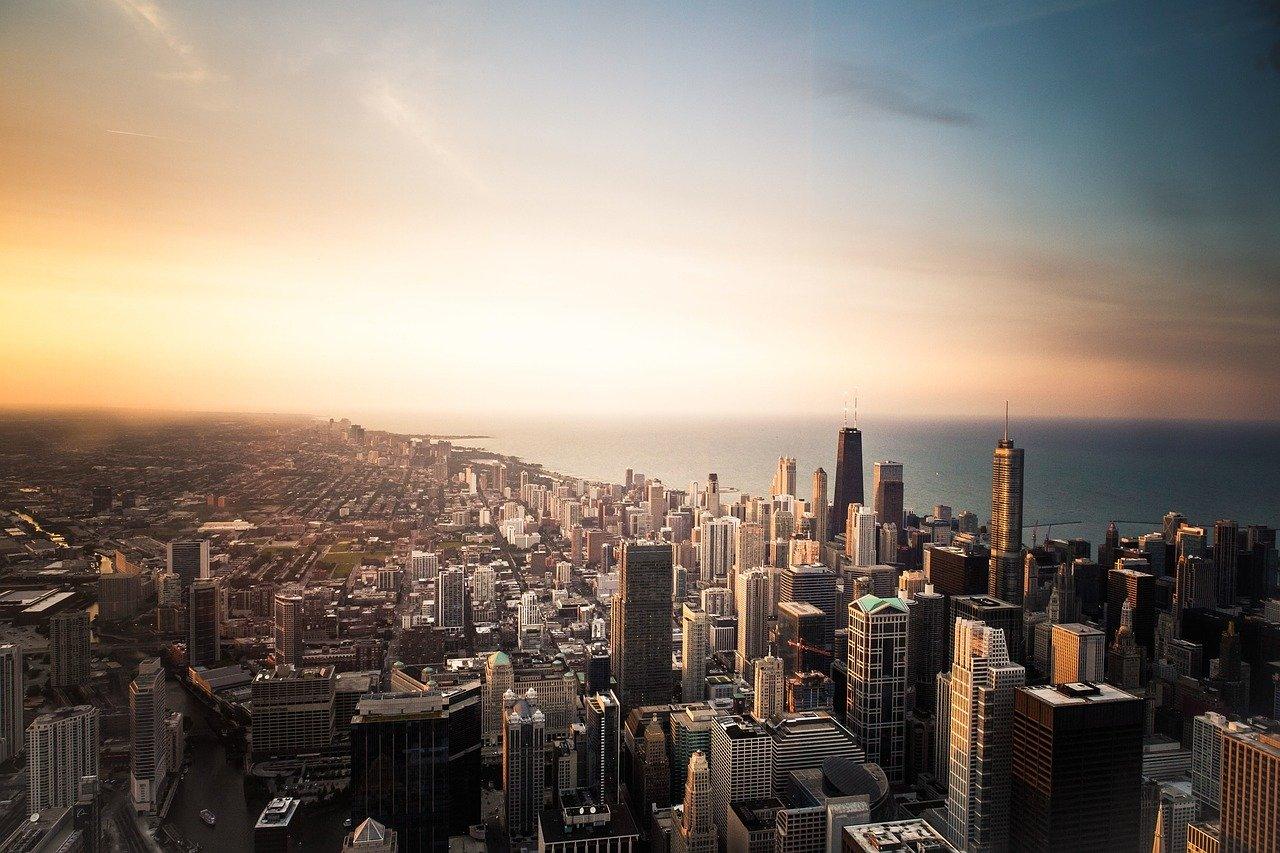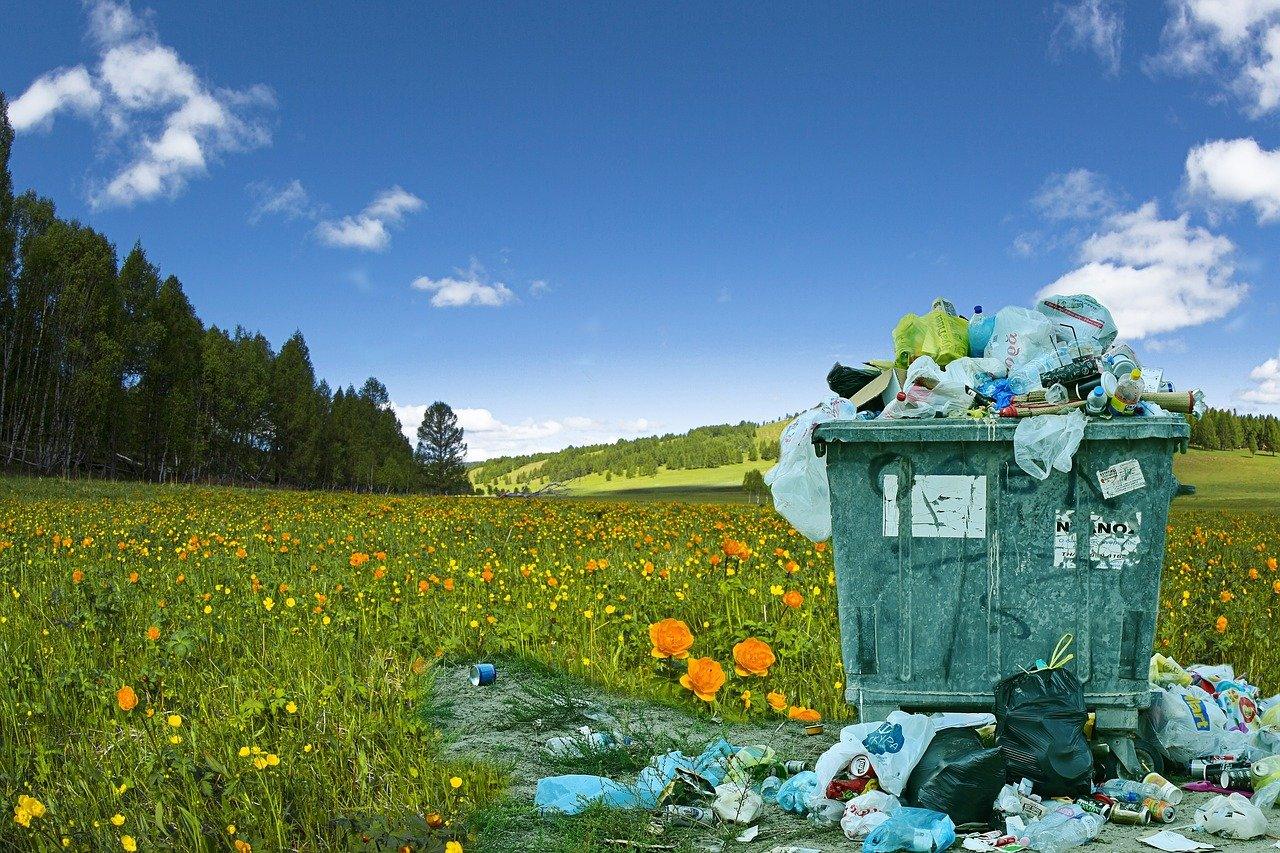40% OFF ALL LEED EXAM PREP PRODUCTS! | PASS YOUR EXAM CONFIDENTLY, ON YOUR FIRST TRY!
40% OFF ALL LEED EXAM PREP PRODUCTS! | PASS YOUR EXAM CONFIDENTLY, ON YOUR FIRST TRY!
Add description, images, menus and links to your mega menu
A column with no settings can be used as a spacer
Link to your collections, sales and even external links
Add up to five columns
Add description, images, menus and links to your mega menu
A column with no settings can be used as a spacer
Link to your collections, sales and even external links
Add up to five columns
What is LEED Zero?
3 min read

Over the last two decades, LEED has been an essential guide and push for projects that ensure the drastic reduction in greenhouse gas emissions. LEED Zero is a new addition to the LEED certification programs and sustainable goals.
USGBC launched LEED Zero to address net-zero resources (energy, water, and waste) and net-zero carbon operation in the LEED green building projects. Just like the other LEED rating systems, LEED Zero also has set standards and integral goals.
Evaluating the Concept of LEED Zero
The primary concern of LEED Zero is to maintain a balanced energy system. It doesn’t only involve mitigating the impact of building on the environment, but it also focuses on taking it to the next level. This path will help buildings to standout by maintaining a net-zero impact of carbon and basic resources such as water, waste, and energy.
In general, LEED Zero highlights outstanding projects' achievements in critical areas to ensure a sustainable environment and a regenerative future. This program aims at complementing other LEED rating systems for better results overall.
Before a building can pursue any of the LEED Zero building certification, the building should be certified under the LEED for Building Design and Construction (BD+C) or LEED for Operations and Maintenance (O+M) rating systems, or registered to pursue a LEED O+M certification.
Key Focus Areas of LEED Zero Certification
Like other LEED certifications, LEED Zero also focuses on some critical areas that help in achieving its goals. It is a newly launched program that aims at complementing the existing programs and takes sustainable goals to the next level. Types of LEED Zero certification include;
- LEED Zero Carbon: LEED Zero Carbon is primarily concerned with carbon emission as a result of building development. Therefore, it focuses on recognizing a building that is operating with net-zero carbon emissions over a year.
- LEED Zero Energy: The LEED Zero Energy are for buildings that source net-zero energy balance over one year.
- LEED Zero Water: This certification gives recognition to buildings that achieves a potable water use balance of zero over one year.
- LEED Zero Waste: This cerficiation recognizes buildings that achieve Green Business Certiciation Inc’s (GBCI) TRUE Zero Waste certification at the platinum level.
Benefits of LEED Certification
LEED certifications, including the recently launched LEED Zero, are very popular because of the numerous benefits they offer. Besides the fact that LEED certification improves the reliability, quality, and value of a building, it also poses some other benefits which are;
- LEED-certified buildings reduce environmental stress.
- LEED-certified buildings have lower waste generation and energy consumption.
- LEED certification enhances the optimal use of water and other resources.
- LEED-certified buildings have lower operating costs.
Conclusion
LEED certifications are one of the assurances for quality and reliable buildings and spaces. LEED Zero focuses on ensuring a balance or a net-zero usage in critical aspects, including carbon emission, waste, water, and energy. Points are scored for limited carbon emission, renewable energy use, collection and storage of recyclables, and waste generation mitigation. Overall, the LEED Zero program will further enhance environmental sustainable goals. If you wanto to learn more about LEED or want to earn a LEED credential, take a look at our LEED Green Associate and LEED AP BD+C exam prep tools that are designed to make you pass your exam on your first-try.
Also in Projectific Blog

What Changes In LEED v5 & When Will The LEED Exams Will Be Based On LEED v5?
2 min read
As building professionals prepare for this significant update, two critical questions arise: what are the major changes in LEED v5, and when will the LEED credential exams transition to the new version?

How LEED Handles Recyclables With The Storage And Collection Of Recyclables Prerequisite
2 min read

LEED Heat Island Reduction Credit Explained
2 min read

